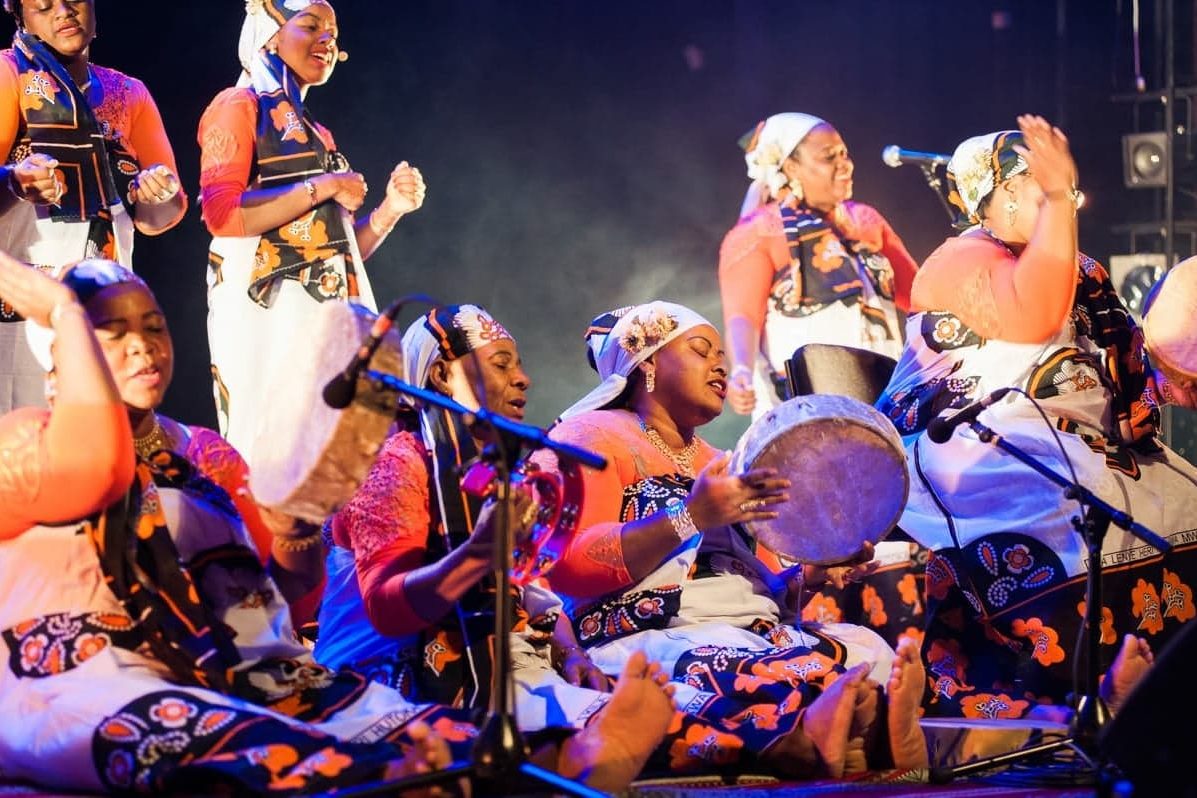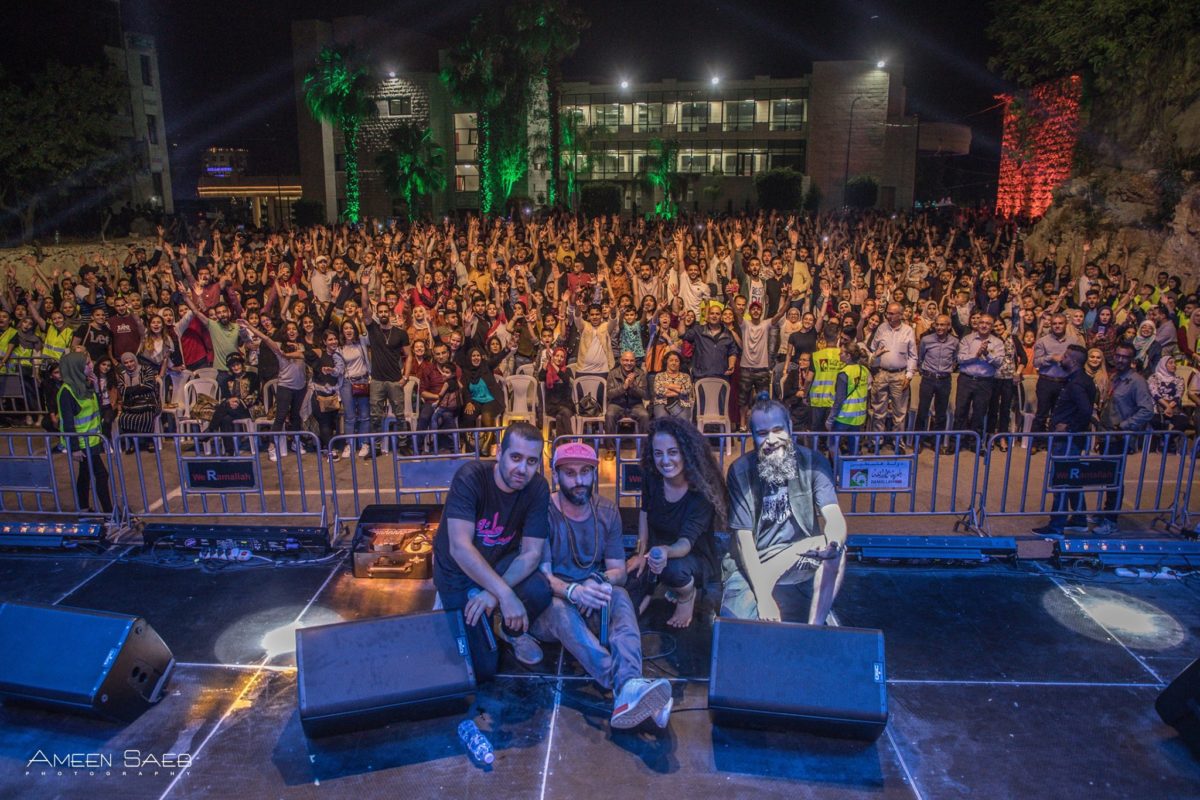Ramallah
Palestine
UNESCO City of Music
since 2019
Located approximately 16km north of Jerusalem in the West Bank, and perched some 880m above the sea level, Ramallah means God’s Hills in Aramaic and Semitic language. Currently, there are 71,880 persons inhabiting Ramallah, living on a 21 sq. km of land, and surrounded by 80 localities (towns and villages) with a total population of 350,000.
Ramallah beholds a historic landmark, “Khirbet al Tireh”, which tells that Ramallah was inhabited from the Hellenistic, Roman, Byzantine and Early Islamic periods and its land was used for agriculture through the Ottoman period to modern times; it is one of the most important excavated archeological sites in Palestine, and based on an inscription incised in Greek letters on broken pieces of a marble “church screen” found in the ruins of the Byzantine church it is concluded that Saint Stephanos – the first Christian martyr, was originally buried at Khirbet al Tireh in the garden of Ghamla before being reinterred in Jerusalem in 415 A.D.
Early modern history of Ramallah shows that it was established in the mid-1500s by the Haddadin family as a Christian family. Ramallah grew throughout the 17th and 18th centuries as a predominantly agricultural village, and by the mid-1800s, missionary groups built different schools and churches. More people moved to the newly incorporated city in the early 1900s. Since then, our prosperity, continuity, and identity have been tested through separate periods of occupation and mass immigration. Today, Ramallah remains under Israeli occupation, meaning we lack control over Palestinian resources that are crucial for our resilience, including mobility, land and water.
Ramallah today is the temporary administrative seat of the Government of Palestine ‘GoP’ and growing as a hub for culture, economic and recreational activities in Palestine, making it cosmopolitan city, caring for and serving its surroundings and country-wide.
Ramallah is a base for many major organizations, including NGOs of different mandates and private sector such as telecommunication, Banks and insurance companies. It is also a home to a burgeoning cultural and arts scene. Ramallah is a city that embraces diversity, free exchange of ideas, creativity, and respect for the human and cultural rights of its residents and visitors.
Ramallah also has an increasingly international outlook. Not only are we proud to be part of the Global Resilient Cities network (formerly known as 100 Resilient Cities Organization), but we also have formal connections with more than 35 cities from all over the globe. Through these connections we seek to represent the voice of our city, share knowledge and help implement best practice initiatives for our citizens, eventually build city resilience and achieve sustainable development.
In light of this background, in 2017, the city had launched is first ever Urban Resilience Strategy “Ramallah Resilience Strategy 2025” with a Vision:
“We are optimistic, sustainable, inclusive, and proud of our own culture and in control of our own destiny.”
With the leadership of the municipality and in partnership with local and international partners, Ramallah Municipality had developed its Resilience Strategy, a long-term strategy for Ramallah and its surroundings. The strategy provides a promising model for an integrated approach to realizing sustainable urban development in our city, as well as Palestine.






